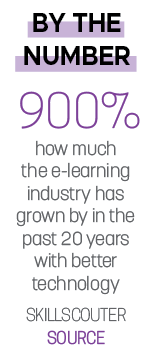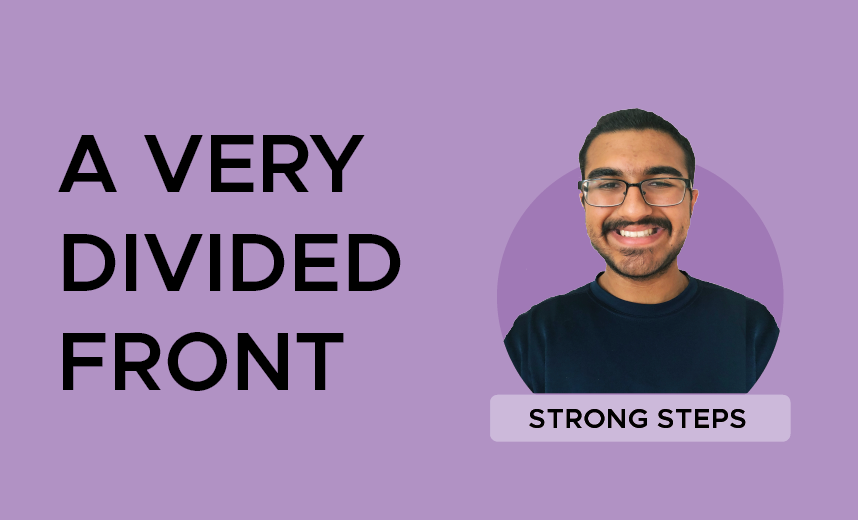During the pandemic, I often feel like I’ve been thrust past the event horizon of a jarring black hole, with no way out. 2020 has managed to unite us against a common enemy, but divide us into separate rooms, homes and communities at the same time.
If I had told you a year ago that the 2020-2021 school year would witness the CHS student body being divided into three cohorts and I would be part of the virtual-only section, you would have never believed me.
I have nothing against our district as managing this issue was extremely difficult and the decisions they made were best that could have been made at the time. Also, I want to make it clear that I don’t want to critique our wonderful teachers in any way; teachers have by far worked the hardest to make sure that virtual students don’t fall behind in their classes.
But none of this means that we can just divvy up our 5000-strong student body and leave the virtual kids like me to fend for themselves.  Instead of mirroring the activities the Carmel and Greyhound cohorts do in their classes, the Virtual cohort has become a pariah.
Instead of mirroring the activities the Carmel and Greyhound cohorts do in their classes, the Virtual cohort has become a pariah.
For me personally, the biggest problems have been with organization and class activities. For most of my classes, Zoom meetings rarely happen, and if they do, they’re often for optional office hours, not lessons.
I feel I’d be better equipped to handle my classes if I could join in a live lesson, but I recognize many teachers cannot do these because they are teaching the other cohorts at the same time as our “virtual class period.” This year, I’m taking three lab-based science classes without the ability to actually attend school and conduct any experiments firsthand. Yes, I know I chose to be a virtual student, but we can do more to close the gap.
In AP Chemistry, for example, virtual students can watch videos of teachers doing lab demonstrations. If we continue to engineer innovative approaches like this, we can take charge of our learning and truly find a way to get an interactive education at home without overwhelming our teachers.
The virtual cohort is arguably at highest risk of psychological stress, especially because they are in much more social isolation than hybrid students.
This year, it’s harder to find new friends (especially for people who are new to the district). To get involved, us virtual students have to take the first step. Try joining (or starting) a new club, or talk to someone in one of your classes via Canvas message or in a Zoom meeting. These small steps can transform your social dynamic.
COVID-19 has permanently changed the way we operate as human beings, but we can’t let it change the way we live psychologically.
The views in this column do not necessarily reflect the views of the HiLite staff. Reach Archit Kalra at [email protected]
Click here to read more about how virtual learning is changing at Carmel.




























![Keep the New Gloves: Fighter Safety Is Non-Negotiable [opinion]](https://hilite.org/wp-content/uploads/2024/12/ufcglovescolumncover-1200x471.png)
















































![Review: “We Live in Time” leaves you wanting more [MUSE]](https://hilite.org/wp-content/uploads/2024/12/IMG_6358.jpg)
![Review: The premise of "Culinary Class Wars" is refreshingly unique and deserving of more attention [MUSE]](https://hilite.org/wp-content/uploads/2024/12/MUSE-class-wars-cover-2.png)
![Introducing: "The Muses Who Stole Christmas," a collection of reviews for you to follow through winter [MUSE]](https://hilite.org/wp-content/uploads/2024/12/winter-muse-4.gif)
![Review: "Meet Me Next Christmas" is a cheesy and predictable watch, but it was worth every minute [MUSE]](https://hilite.org/wp-content/uploads/2024/11/AAAAQVfRG2gwEuLhXTGm3856HuX2MTNs31Ok7fGgIVCoZbyeugVs1F4DZs-DgP0XadTDrnXHlbQo4DerjRXand9H1JKPM06cENmLl2RsINud2DMqIHzpXFS2n4zOkL3dr5m5i0nIVb3Cu3ataT_W2zGeDAJNd_E-1200x884.jpg)
![Review: "Gilmore Girls", the perfect fall show [MUSE]](https://hilite.org/wp-content/uploads/2024/11/gilmore-girls.png)
![Review in Print: Maripaz Villar brings a delightfully unique style to the world of WEBTOON [MUSE]](https://hilite.org/wp-content/uploads/2023/12/maripazcover-1200x960.jpg)
![Review: “The Sword of Kaigen” is a masterpiece [MUSE]](https://hilite.org/wp-content/uploads/2023/11/Screenshot-2023-11-26-201051.png)
![Review: Gateron Oil Kings, great linear switches, okay price [MUSE]](https://hilite.org/wp-content/uploads/2023/11/Screenshot-2023-11-26-200553.png)
![Review: “A Haunting in Venice” is a significant improvement from other Agatha Christie adaptations [MUSE]](https://hilite.org/wp-content/uploads/2023/11/e7ee2938a6d422669771bce6d8088521.jpg)
![Review: A Thanksgiving story from elementary school, still just as interesting [MUSE]](https://hilite.org/wp-content/uploads/2023/11/Screenshot-2023-11-26-195514-987x1200.png)
![Review: "When I Fly Towards You", cute, uplifting youth drama [MUSE]](https://hilite.org/wp-content/uploads/2023/09/When-I-Fly-Towards-You-Chinese-drama.png)
![Postcards from Muse: Hawaii Travel Diary [MUSE]](https://hilite.org/wp-content/uploads/2023/09/My-project-1-1200x1200.jpg)
![Review: "Ladybug & Cat Noir: The Movie," departure from original show [MUSE]](https://hilite.org/wp-content/uploads/2023/09/Ladybug__Cat_Noir_-_The_Movie_poster.jpg)
![Review in Print: "Hidden Love" is the cute, uplifting drama everyone needs [MUSE]](https://hilite.org/wp-content/uploads/2023/09/hiddenlovecover-e1693597208225-1030x1200.png)
![Review in Print: "Heartstopper" is the heartwarming queer romance we all need [MUSE]](https://hilite.org/wp-content/uploads/2023/08/museheartstoppercover-1200x654.png)




